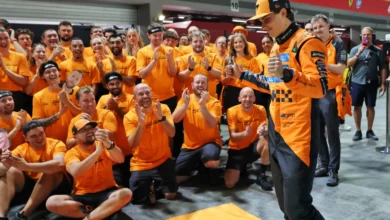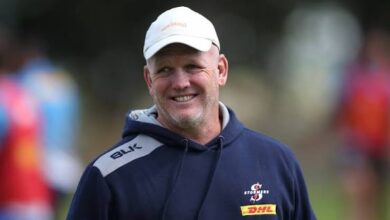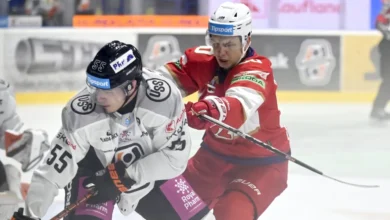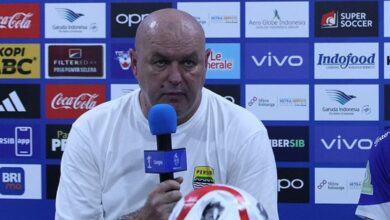The DaRon Holmes injury and what it means for the Nuggets
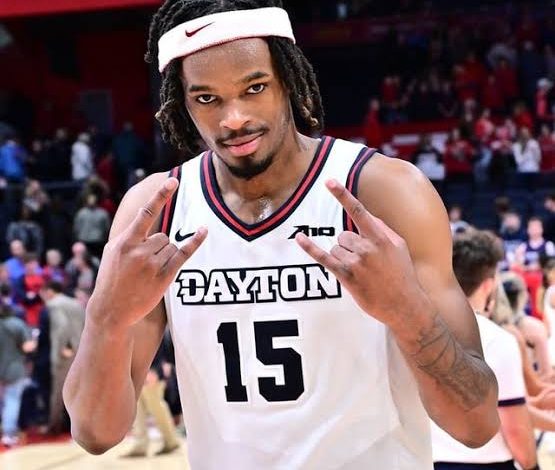
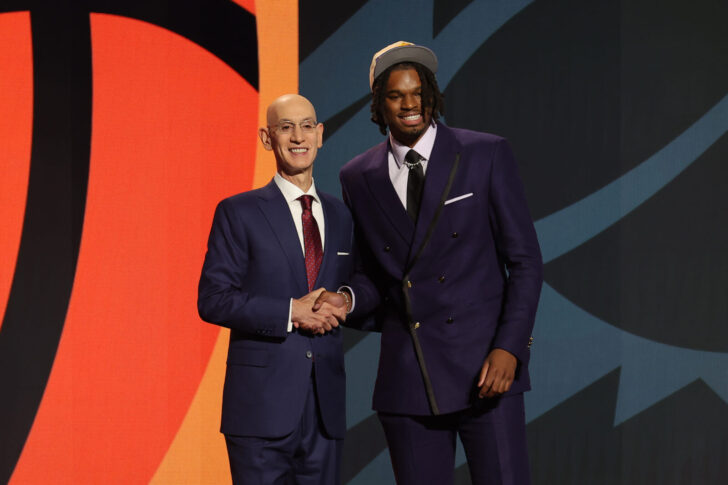
The Denver Nuggets have had an up-and-down offseason and it just hit another steep decline with the news that rookie DaRon Holmes II will miss the season with a torn Achilles tendon. It’s a stunning blow for a player Denver moved up to get in the draft and who excited everyone around the team with his possibility for early minutes and contributions to Denver’s next run at the championship. Everyone at Denver Stiffs wishes him a healthy and complete rehab and will be in his corner as he makes his recovery.
Let’s go over what this means for both Holmes and Denver going forward.
Is this really a season ender?
Yes. Even if Deuce could make it back in 9 months for the very end of the season, the Nuggets should not let him. An Achilles repair takes a long time, and returning too soon can both risk the repair as well as create instabilities elsewhere due to compensation which could cause other health issues. He’s going to take time to heal, something the Nuggets are all too familiar with. From Vlatko Cancar’s ACL injury costing him the whole season last year to both Michael Porter Jr. and Jamal Murray suffering devastating injuries, this is not a new experience for the team. It is for Holmes though, who will need to lean on his new teammates for support and encouragement during the long and lonely rehab experience.
Will Holmes be able to fully recover by the start of next season?
This is where it gets harder to predict. An Achilles tear is something that normally happens to NBA athletes who are on the downsides of their careers, not to 21 year olds without that kind of mileage. The normal timeframe to full recovery from an Achilles tear is more like two years with year one being a return to full activity but not full effectiveness, but it’s not something that many players have suffered let alone come back from. Kevin Durant is a great positive example of being able to return to compete at the highest level but he’s also a generational player. DaRon’s youth and athletic profile provide hope that he will be able to continue his career on an upward trajectory.
Again, the Nuggets have seen something like this with MPJ: a talented young player who still retains his basketball skills but doesn’t quite have the athletic top-line performance he might have without the injury. Holmes is a smart player with good hands and quick hops who does not rely exclusively on his athleticism to make his impact. That bodes well for him to be able to get back on the court successfully at a high level. Rehabbing for a year will give him time in the gym to work on getting his NBA body ready for the rigors of the season, and to work on getting used to the NBA schedule and ways of doing things. He may be out of the walking boot by the start of the season, certainly shortly after, and able to spend time around his teammates doing normal activities. But the return to basketball is going to be a grueling road, and I can’t say he’ll be ready for big minutes at the start of Year 2 until we see the progress he makes once he’s allowed to get back on the court again with full participation.
Is there any silver lining to this at all for Holmes?
An Achilles tear is one of the worst things that can happen to a basketball player. It’s to his benefit that it happened after he was drafted and signed to his deal, so that he has money and the Denver’s resources to assist him in his recovery. It helps that if it had to happen it was in July and not December, which might have cost him most of two years of his career. Vlatko’s ACL injury happening in the summer last year meant he missed all of this past season but has been able to get back on the court for full basketball participation this summer and shake the rust off, which will hopefully allow him to be more impactful this season for the Nuggets right from the start.
That’s the same hope that Holmes has now. It gives him a chance to get used to NBA life without also having to put the film room and practice court into immediate positive contributions on the court. Collin Gillespie was able to put his time to good use while sidelined with injury his first season with Denver, and provide useful minutes in year 2. No one ever wants to suffer this kind of injury, but it’s up to Holmes to make this a year for improvement – in his set shot, his free throw form, his film study, his body – rather than a wasted year.
Where does this leave the Nuggets?
Looking for backup big minutes, again. Thankfully they signed Dario Saric as their main backup center, and have Vlatko Cancar back on a multi-year deal to provide helpful power forward minutes behind Aaron Gordon. But an injury to any of that group leaves Denver counting on big-man contributions from Peyton Watson, who is a little small for major minutes at the 4 despite his talent for blocks, as well as Zeke Nnaji whose struggles led to Denver drafting DaRon Holmes in the first place. Watson is likely to see a lot of time as the backup 3 next to Strawther at the 2 and Cancar at the 4, but if he needs to slide down to power forward in certain lineups he’s shown the ability to help there in small-ball lineups for spurts. His shot needs to take a step forward however – one of the things Holmes had improved was his ability to hit threes, and he showed that even in Summer League. Watson will need to do the same whether at the 3 or the 4 now. If he can’t do that, the Nuggets can always play MPJ more at the 4 and get Strawther on the court with him as the small forward to give Denver some better shooting lineups.
For Nnaji this is definitely a window to minutes to prove himself capable of helping this team, and with Saric on board perhaps Zeke can flourish more in a return to his natural position as a 4. Playing center had him undersized against true paint players and ill-equipped to play with his back to the basket. Nnaji came to Denver as a stretch 4, reworked his shot only to lose it, and then played as a hustle big against larger and stronger players. His hustle and heart are always evident, but this is his chance to prove that he can do more than just dive for loose balls and sprint down the court. The door just opened in a big way for Zeke, assuming he is not traded.
Because one of Denver’s other options is to trade Nnaji and something for a year of a power forward who they think can help more. Unfortunately, thanks to trading 3 second-rounders to move up for Holmes in the draft, as well as another 3 seconds to get off of Reggie Jackson’s one remaining year, the Nuggets don’t have a lot to trade. They are counting on Julian Strawther in the bench rotation to provide scoring, so they cannot reasonably include him in a deal for a power forward, and Denver’s other second-year players Jalen Pickett and Hunter Tyson have not cracked an NBA rotation yet to raise their trade value. Other than Denver’s 2031 first-rounder, the only real trade chip The Nuggets have is Peyton Watson – and that’s essentially unthinkable at this point in the season. The Nuggets will have to decide whether they are going to pay both Watson and Christian Braun in 2 years or potentially move one of them, but that’s not a decision you make spur-of-the-moment because your rookie got injured.
More likely, the Nuggets will surveil Summer League looking for another big to put on a two-way deal next to PJ Hall as interior options in case of short-term injuries to one of Denver’s remaining front-court players and will press on toward the season. This is a frustrating and painful early blow to Denver’s season, but just as with Cancar last year it will be up to the remaining players to step into the void and make a difference. Denver is probably better equipped for that this year than last – but that doesn’t make it less painful.

